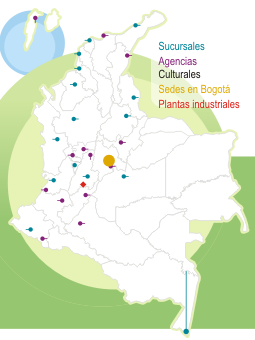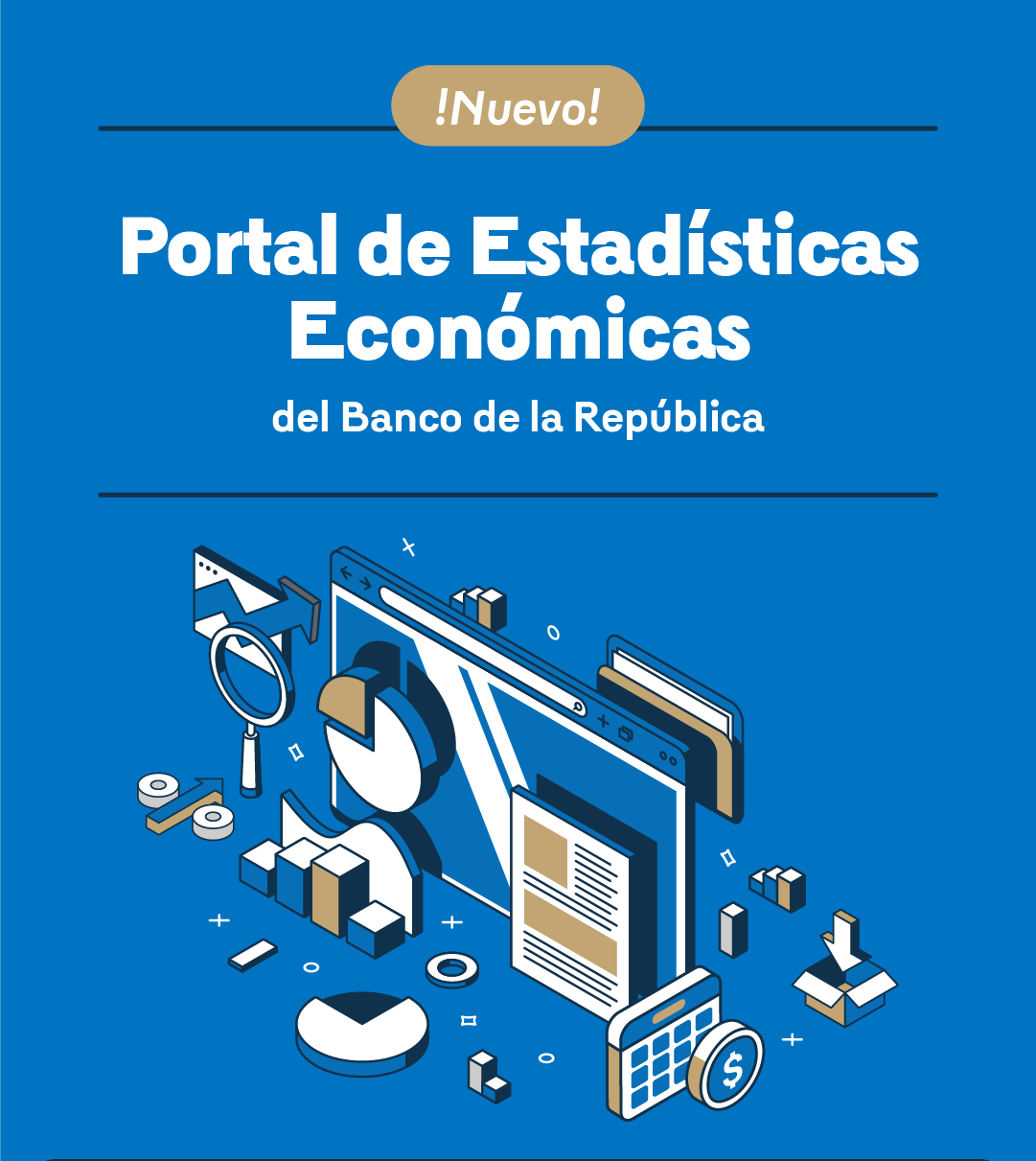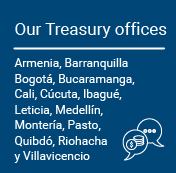Do the Different Types of Capital Flows Respond to the Same Fundamentals and in the Same Degree? Recent evidence for emerging markets
These documents are of an informative and academic nature. Opinions and possible errors are the sole responsibility of the author(s) and their contents are not binding on Banco de la República or its Board of Directors.
The international crisis by the end of the previous decade brought very important changes in terms of degree, size, and volatility of capital flows to emerging markets. These became a challenge for their economic authorities because the negative effects likely to affect macroeconomic variables of prime importance, such as the foreign exchange rate, macroeconomic and financial stability, and growth. This has led literature and, especially, the authorities to revive their interest in analyzing the behavior of capital flows and their fundamental drivers. The goal of this paper is to estimate a capital flow model for a sample of emerging market economies, assess their determinants and, particularly, analyze whether the different types of capital flows respond to the same fundamentals and to the same degree or not, and if they did respond in the same way throughout the crisis. Results suggest that the traditional attraction and expulsion factors are still playing a key role in capital movements, although their importance depends on the flow type. They also show that the crisis changed their influence on the net flows.
Este documento se presentó en el Seminario de Economía núm, 304 del 10/07/2013
















































